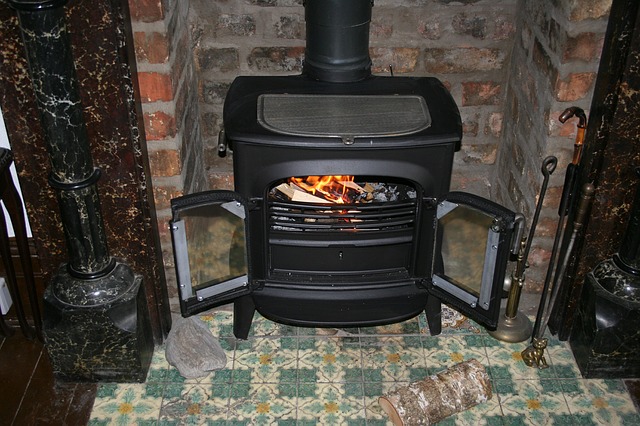How to use the fireplace to make heating cheaper?
It’s always worth being aware of and improving the way we use solid fuels. Smokeless coal, firewood, gas, and others are widely used, but we can significantly reduce energy costs by rationalizing these resources. That means that we will save more money during the heating season. It will also reduce the amount of greenhouse gas released into the atmosphere, which affects our quality of life.

What solid fuels are the best for my fireplace?
Some fuels are suitable for open fire and others for closed flames, such as stoves or closed fireplaces.
Depending on your device’s type, try to make sure you are using the fuels that the manufacturer recommends exactly. If you have an older type of fireplace, it is best to ask your fuel supplier what will burn best. It is worth remembering that coal or firewood suppliers meet many customers daily and collect others’ experiences. They can share them later.

Use only the right type of coal and firewood
The right type of coal or firewood will burn better and longer. That means that you will not have to refuel the appliance so often.
Make sure you only use dry firewood to avoid wasting heat. If the wood is wet, the moisture turns to steam. So it is not practical, and it is not environmentally friendly.
Make sure the wood you are buying has no white stains. That may mean that it has been stored incorrectly. However, this does not mean that it is wet. Accuracy is only on the surface. The wood is still usually dry inside. However, when burning, such wood can give off an unpleasant odour.
It is important where you buy
It is also necessary to burn only the best quality solid fuels, only from a well-known source. Good quality fuels will save you money, and such fuels will be more energetic. They will burn better, leaving less ash.
There are also cheap fuels on the market that can be purchased from random sellers, but they do not guarantee quality. They can even damage the hearth. So fuels from reputable sellers are also safer for your device. It will be profitable at the end.
Your fireplace condition
While some appliances can be used with the door open, they will be more efficient with the door closed or a gap left. It is worth a try.
Always keep your fireplace as clean as possible. Don’t let the ash clog it great. That will affect air circulation and seriously affect the combustion of coal or firewood and heat quality. You can use poker, brushes, and a vacuum cleaner for regular cleaning or professional cleaning if necessary. Please note, when doing cleaning or maintenance, you must follow the manufacturers’ instructions.
Always follow the manufacturer’s or professional’s instructions for cleaning, maintaining, and using the fireplace!
